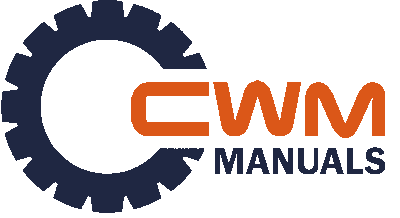The carburetor controls the air and fuel mixture to the engine. If the engine won’t start and the tank is full of fresh fuel, test the carburetor by removing the air filter and pour about a teaspoon of fuel into the carburetor. Pull the starter rope. If the engine starts but quickly dies, the carburetor is likely the problem.
Time required: Less than 30 min.
Tools Required
Allen wrench
7/16″ socket driver
Needle-nose pliers
Torque wrench (optional)
Approved fuel container
Work gloves
Paper towel or shop rags
Drain the fuel tank
In a well-ventilated area, remove the fuel cap and drain the tank into an approved storage container.
Remove the cylinder shield
Using an Allen wrench, remove the screws that hold the cylinder shield to the engine. Lift off the cylinder shield.
Disconnect the spark plug wire and remove the air filter
Disconnect the wire from the spark plug. Pull the cover off the air filter housing and remove the filter.
Remove the carburetor mounting nuts
Using a 7/16” socket driver, remove the two mounting nuts that secure the carburetor to the engine.
Detach the air filter housing
Pull the air filter housing off the carburetor.
Disconnect the fuel lines
Pull the carburetor away from the engine block. Be careful not to bend the throttle linkage or damage the gas lines. Use needle-nose pliers to detach the gas lines from the carburetor.
Tip: For accurate reassembly, take digital photos of the throttle linkage on the carburetor and of the gas line connections.
Remove the carburetor
Disconnect the throttle linkage. Pull the carburetor completely off the mounting studs.
Disassemble the carburetor
Place the carburetor on a clean work surface and remove the screws from the bottom cover. Detach the cover.
Peel the metering diaphragm and gasket from the bottom of the carburetor. Line up the parts in order as you pull them off. With the metering diaphragm removed, locate a lever on a hinge. Remove their mounting screw and detach them.
Remove the pump cover screw on the top of the carburetor. Pull out the pump diaphragm. Remove the screw securing the needle and fuel lever.
Tip: To speed reassembly, take digital photos of the parts before removing them.
Clean the carburetor
Remove the screw securing the needle and fuel lever. Clean all ports and jets in the carburetor with carburetor cleaner and compressed air. Allow the carburetor dry for at least 10 minutes.
Reassemble the carburetor
Install the needle and lever to the bottom of the carburetor.
Install the metering diaphragm, gasket and bottom cover.
Install the pump diaphragm and the top cover.
Reinstall the carburetor
Replace the carburetor-mounting gasket.
Connect the throttle linkage.
Slip the carburetor onto the mounting studs and push it into place.
Connect the fuel lines.
Fasten the carburetor
Replace the mounting nuts and tighten them to seal the gasket between the engine and the carburetor.
Tip: To avoid damaging the gasket by over-tightening the mounting nuts, use a torque wrench to tighten them to 25 in./lbs. If you don’t have a torque wrench, tighten the nuts reasonably tight.
Install the air filter cover and connect the spark plug
Position the air filter in the housing and replace the cover. Reattach the spark plug wire.
Reinstall the cylinder shield
Reinstall the cylinder shield on the chainsaw. Refill the fuel tank.
